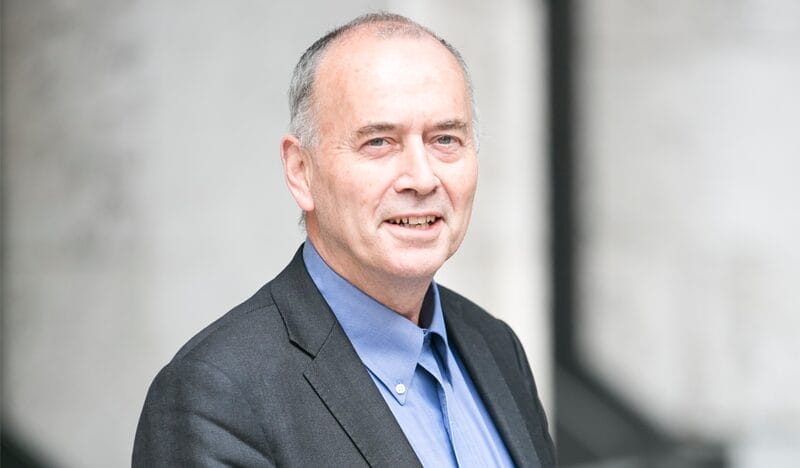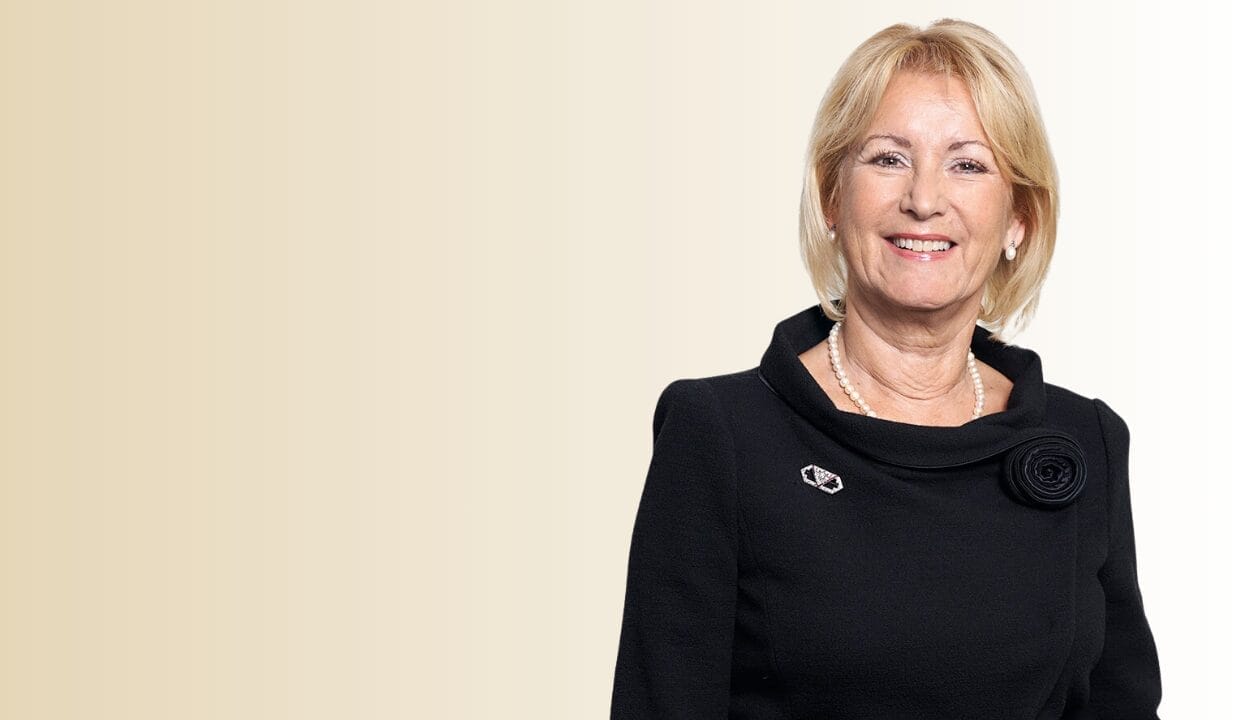Climate risk has certain features that stretch the imaginations and toolkits of investors, meaning a new framework that includes systems thinking is necessary to branch out from the narrow measurement and management of risk predicated on modern portfolio theory. Amanda White speaks to author of Net Zero in the Balance, Roger Urwin.
Net Zero in the Balance: A guide to transformational thinking, produced by the CFA’s research and policy centre and authored by WTW’s Roger Urwin, seeks to influence the industry in climate investing, a discipline that is still in its infancy.
“This paper is an attempt to build a guide to the whole framework of net zero which hasn’t really been described before. It’s a long paper and is meant to be the coherent whole,” Urwin tells Top1000funds.com in an interview.
“We are still in the creation of a net zero investment proposition, so there is not anything completely set in stone, and we have to adapt from here.”
The new framework emphasises systems thinking, which really means two things: thinking about the whole and its interconnections with the past; and a pattern that is changing all the time. It has a particular application to finance, which both impacts and is impacted by society, technology, the legal system, ethics, politics and consumers. And now, climate.
“We don’t want to over-complicate something that could be simple, but investment has quite naturally taken up system thinking but in a relatively unstructured way,” Urwin says. “Now net zero is a challenge to be integrated into finance.”
Historically, the investment industry has grown up thinking narrowly about its taxonomies according to Urwin, with Modern Portfolio Theory (MPT) in particular making some significantly narrow assumptions.
“This means industry thinking has grown up with a narrowness that is unhelpful now,” he says.
“The environment is part of our ecosystem. The climate system itself has its own ecosystem which is covered by specialist scientists and their disciplines are important for the industry to understand and embrace.”
Thinking deeper about the problems
Thirty years ago, Urwin started the investment business at Watson Wyatt, now WTW, which has grown into a business of more than 1000 employees. More recently he started working directly with clients in a more creative way, with deeper thinking at the core of his challenge to investors, scrutinising how and why processes and behaviours exist.
Similarly, the frame of the CFA paper posits that tackling complexity requires thinking that is inclusive of different perspectives and challenges norms.
“We need to think deeper about the problems,” Urwin says. “The industry has a lot of auto pilot in it. You can lead the horse to water, but it isn’t necessarily going to drink.”
The paper emphasises the need to breakdown the problem into “useable chunks” and suggests a new framework combining an investment model and systems model that will encourage conversations that are more grounded.
“This subject is really stretching,” Urwin says. “We are trying to coach people into…an understanding of the problem deeper than we have.”
Urwin says one of the problems is the industry wants wisdom, packaged up nicely in a bow.
“It’s the question of ‘what I should do on Monday?’,” he says. “Essentially the approach to climate everyone should be taking is to establish its materiality: is it impacting risk and return in my portfolio? Then climate risk management becomes an extension of normal risk.”
But while it is an extension of more commonly recognised investment risks, the features of climate risk present challenges to investors that their imaginations and toolkits have not previously tackled.
Urwin has an acronym to explain the complexity, SUPINE: systemic, uncertain, pervasive, interconnected, non-linear, endogenous.
“The action is the investment industry has to be better at integrating climate risk as a risk to be managed,” he says.
Challenges: Benchmarks, incentives, time frames
In addition to challenging the industry’s historical norms around behaviours and thinking, other industry structures present challenges for climate risk integration.
“There are problems in our frameworks in the system which get in the way of interacting with sustainability and climate in particular,” Urwin says, naming benchmarks, incentives and time horizons.
In essence he says benchmarks are backward facing; incentives are not integrated; and time horizons are relatively short and not balanced.
“The challenge is it is not joined up, and there are multiple goals. Under MPT there was only one goal, it was all about alpha, and that’s how the incentives and benchmarks were set up,” Urwin says.
But climate risk can’t be viewed through the lens of MPT because there are different risks entering the system in different time frames.
“We understand risk at a three-year horizon but when we look out 10 to 20 years we haven’t got the quality of the telescope,” he says.
Risk can be viewed through a stochastic lens which is engrained in finance, and uncertainty risk which, by definition, is the lack of quantification.
“At one end you have radical uncertainty, and unknown unknowns. Climate risk is more in that area,” he says.
The good news is twofold: this problem is ripe for the smart minds in the industry attracted to the intellectual challenge of new finance; and climate science can give meaningful insights for finance to adopt, most notably the integrated assessment model, for which Yale’s William Nordhaus won the Nobel Prize [See The spirit of green, an online video interview by Amanda White with Professor Nordhaus].
“I’m very clear it is an opportunity, and this is captured substantially in what people are trying to build into portfolios, like climate solutions as part of a net zero plan and financing them is a very important part of net-zero investing,” Urwin says. “Every time you have to be reminded whether the risk-return proposition is suitable for your portfolio, and a lot of the climate solutions are early innovation finance which has been more difficult for mainstream investors to commit to.”
Strategies for success
In addition to framing the issues of climate more broadly through systems thinking and developing transformational change within organisations, Urwin advocates universal ownership, stewardship and the total portfolio approach as strategies for success.
“TPA is a whole approach, so it fits neatly into the climate challenge,” he says.
Similarly, universal ownership or 3D-investing is a relevant framework for looking at each investment in terms of risk, return and real-world impact.
“The returns we need can only come from a system that works,” Urwin says. “The financial system is supported by the environmental and social system and if that doesn’t work it produces poorer returns as a result.
“This links to stewardship and moving the system to fully recognise externalities and doing what is possible to limit damaging climate change.”


